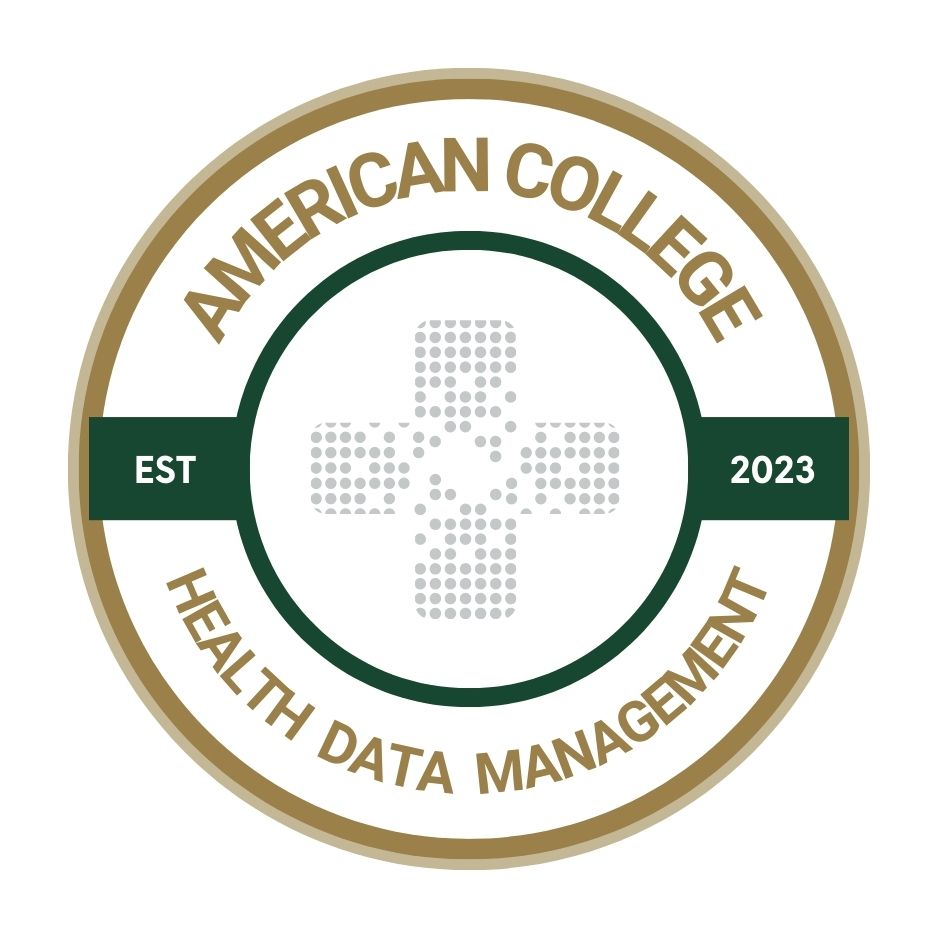Organizations re-examine cost trims as fed policies put reimbursement at risk
As the healthcare industry is roiled by changes in federal policy and slashed agency spending, providers look to cut unnecessary spending.

Pressure to constrain expenditures in healthcare organization has always been present. Given events so far this year, it’s become a pressure cooker for administrators.
While healthcare organizations nationally on average were able to achieve better financial performance in 2024, emerging changes related to the Trump administration’s proposed slashes of healthcare spending are amping up administrators’ worries about running a tight financial ship.
While the industry has generally regained its sea legs after the COVID-19 pandemic, staffing and supply chain challenges remain, placing new emphasis on constraining needless expenses and improving efficiency, says Arun Mathews, MD, regional chief medical officer at MultiCare Health System, an integrated system operating 13 hospitals in four states in the Northwest.
“There were several deep-seated issues in play that a global pandemic really brought to the forefront,” Mathews says. “Healthcare administrators are becoming comfortable and resilient in managing the problems, and that lies in the management of those issues as we run into escalating costs associated with healthcare.”
Margins under pressure
Healthcare provider organizations generally were able to post marginally better performance in 2024. The median year-to-date operating margin for health systems saw some declines during the year, but it held above 1.5 percent throughout the year, according to data from Strata Decision Technology.
Performance varies depending on the type of organization, data from Fitch Ratings show. For example, nonprofit hospitals’ 2024 financial performances, while positive, remain “well below pre-pandemic levels.” The firm said performance was related to stronger revenues and volumes, but resulted were mitigated by higher spending on labor.
But expenses have been measured as rising apace with revenues. Data from Kaufman Hall indicate that full-year daily total expenses for 2024 rose 6 percent year over year – labor costs rose by 5 percent, non-labor expenses by 7 percent, supply expenses by 9 percent, drug outlays by 9 percent and purchased service costs by 8 percent, its data from 1,300 hospitals indicate.
Providers’ costs, particularly for administration, have been rising since the pandemic far faster than the rate of inflation, notes Anurag Mehta, co-founder & CEO of Omega Healthcare, a Boca Raton, Fla.-based technology and services company. He notes a McKinsey & Company study that found that administrative costs have risen significantly faster than the general rate of inflation since the pandemic.
And the bad news is likely to keep on coming, Mehta says. Medicare reimbursement increases have trended behind the rise in costs. “Utilization is down, but costs are up,” he notes. “Everything is going in the wrong direction. It’s a scramble (for providers); they’re saying, ‘Now, what are we going to do to cut costs?’ You have to look at where there’s waste, where there is unnecessary spending.”
Slashing workforces as a reaction
A growing trend among provider organizations is workforce reduction in response to mounting bottom-line pressure. For instance, UPMC conducted two rounds of layoffs in 2024—one in April and another in November—resulting in reductions of approximately 1,000 and 300 positions, respectively, some of which involved layoffs of existing employees.
UPMC is not alone in this. To cite only a few examples, UNM Hospital in April eliminated 53 leadership positions in reviewing labor expenses and its structure. Also in April, Sanford Health is cutting 96 roles after its merger with Marshfield Clinic Health System. And the parent company of Tufts Health Plan and Harvard Pilgrim Health Care says it will be eliminating 110 employees from their positions in efforts to reduce administrative costs.
These and other organizations are examining ways to cut costs. “You can only go to vendors and get so much (in price concessions), because the vendors are already operating at fairly low margins,” Mehta contends. “So you have to start saying, by thinking outside the box, ‘What is it that I can do as a health system to become more efficient?’ “
Labor costs are traditionally targeted by healthcare organizations, because expenditures on personnel – along with supply costs – are seen as one of the largest variables in operational spend. That’s why organizations are also looking at ways to improve productivity and efficiency, as well as better equip clinicians and staff with data-driven tools and technology to increase their capabilities.
Clinical partnerships help at MultiCare
At MultiCare, cost savings initiatives have grown out of a collective desire among the system’s clinicians and executives, Mathews says.
Cost savings initiatives have occurred “sort of organically from the front lines in our town halls and our conversations with our physicians, clinicians and nursing staff. They really wanted to understand what they could do to help us with this challenge of financial hardship. That (has been) coupled with the board interest in continuing to be a vibrant source of healthcare for our communities.”
The mutual interest led to deeper discussions around prescribing practices for medications and laboratory orders, as well as further refinement in imaging practices. To enable improvements, MultiCare is building off its Epic electronic health records system to enable clinicians to get information in real-time as they’re making clinical decisions.
MultiCare is incorporating technology from IllumiCare, which has a clinical decision support solution that interoperates with Epic to suggest options to physicians if they are about to place a potentially redundant or less cost-efficient order and offer actionable alternatives.
A report from IllumiCare indicates that it has been able to achieve measurable cost savings – it addresses clinical waste, such as unnecessary use of intravenous sodium bicarbonate which is used inappropriately 82 percent of the time and costs MultiCare hospitals as much as $1 million annually in misuse. The company estimates that each accepted recommendation within the app saved MultiCare an average of $179.14. Coupled with other EMR apps from Illumicare, MultiCare is now saving $81 per discharge, the company says. Targeted interventions helped MultiCare achieve a 26 percent acceptance rate for recommendations, with 23 percent for medications and 36 percent for lab orders, which far exceed national averages.
Technology has the potential to support cost savings initiatives as clinicians deal with an increasing amount of data and overwhelming amounts of alerts, thus boosting efficiency and reducing waste, Mathews believes. “We’ve made the assumption that the human mind can tolerate an almost limitless number of bumps and nudges and notifications, and that’s not the case,” he says. “That’s clinical alert fatigue.”
Improving revenue efficiency
Healthcare organizations also are trying to increase efficiency and reduce waste on the administrative side, Mehta notes.
For example, Omega Healthcare has commissioned research showing growing potential for revenue cycle management (RCM) solutions that are supported by artificial intelligence. Technology can help because billing is increasingly complex, organizations are short staffed and often mired in manual RCM workflows, complicated because of data management challenges inherent in legacy EHR systems.
Advanced technology has the potential to future-proof RCM operations, Mehta says, by enabling organizations to use predictive analytics to anticipate denials and otherwise boost capabilities to detect revenue leakage. Automation and machine learning can take over many of the mundane and repetitive tasks that now encumber healthcare organizations, Omega Healthcare’s research indicates.
As part of its services, Omega Healthcare offers solutions that optimize revenue cycle operations, administrative workflows, care coordination and clinical research.
Technology offers hope
Both Mathews and Mehta see an increased need for technology to provide efficiencies that can offset growing pressures to cut costs.
For example, Omega Healthcare’s study highlights how healthcare providers are leveraging AI-enabled technology services, such as gen AI and agentic AI, to address challenges, enhance financial performance and streamline revenue cycle processes.
“The hope and promise of AI, gen AI and agentic AI are no longer just hype,” Mehta says.
Both Mehta and Mathews see cost-savings potential for the use of ambient AI, as well as improved clinician-patient interactions.
“At the recent HIMSS conference, I probably saw five or six different demos of ambient to AI, and they're all incredible,” Mehta says. The technology enables a direct, uninterrupted physician-patient conversation, “and everything is getting documented … you don’t need transcriptionists, you don’t need scribes. AI is going to really change and improve the whole patient and provider interaction significantly, and that’s the start of the revenue cycle, because that’s where the documentation starts.”
Artificial intelligence can build off EHRs as a foundational technology used in healthcare, Mathews says. “We can get to this next generation of ambient AI to provide better medicine, better decision-making and clinical decision support,” he says.
The urgency to improve efficiency and achieve cost savings through technology will put a new emphasis on enabling clinicians to better assimilate technology and use it effectively, he concludes.
“There are smarter people than I who have figured out how to effectively and thoughtfully do human-centered change management. We had to employ some of those principles as we rolled out this clinical stewardship pathway,” Mathews says. “The short answer is yes, everyone’s tired, so it falls to us as leaders in the space to figure out new and creative ways of aligning incentives so that everyone feels that their work is recognized.”
